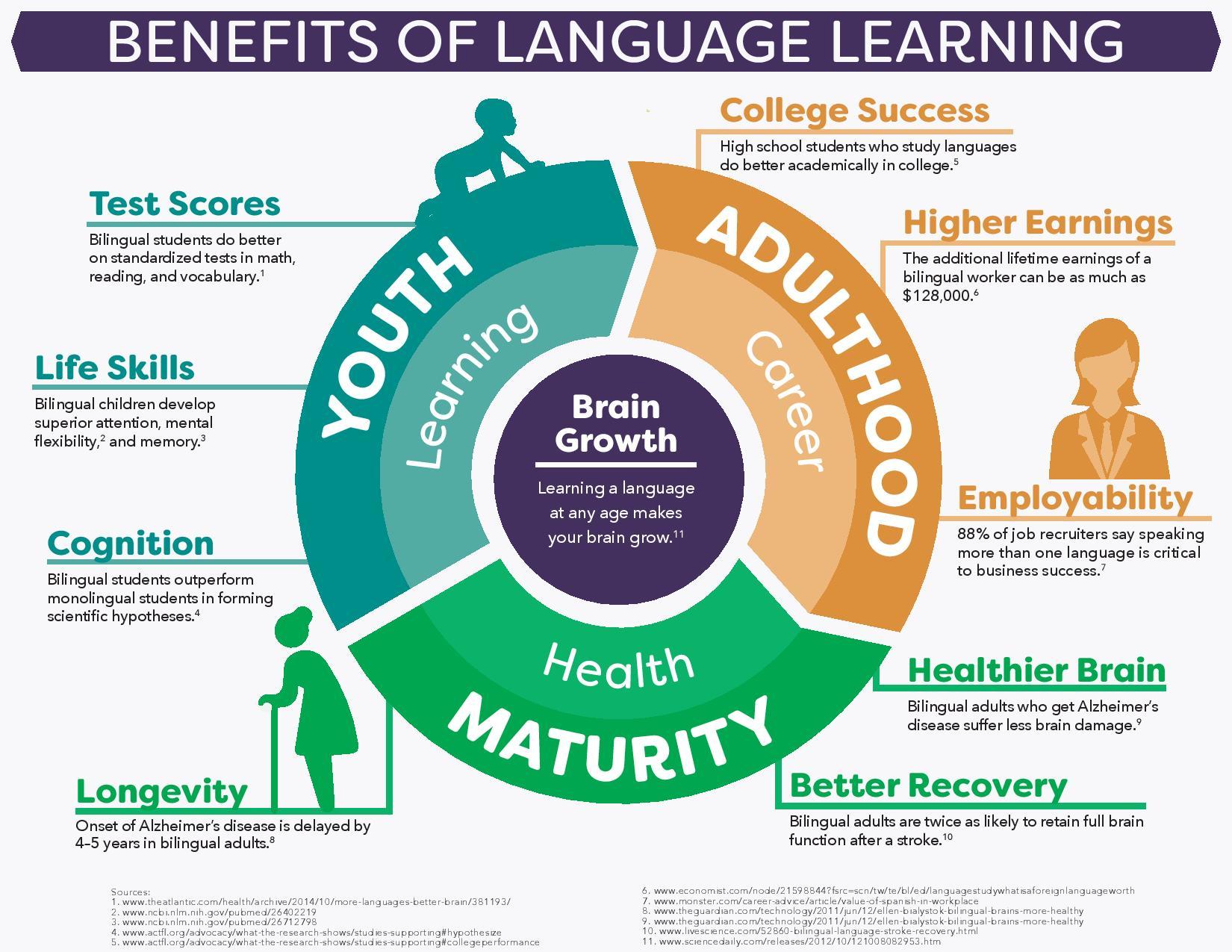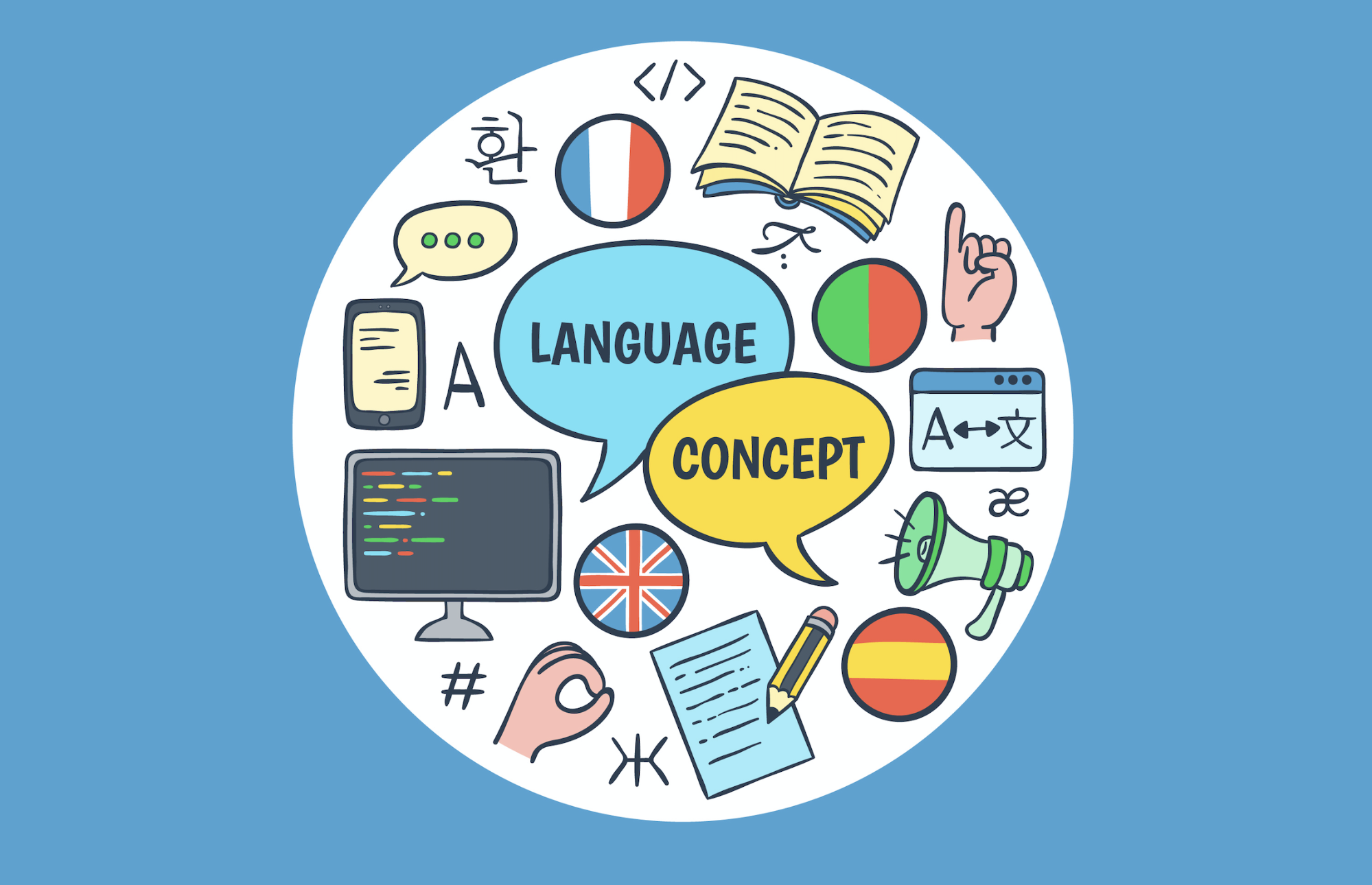Embark on an exploration of language for learning, where words become the architects of knowledge and the gateway to unlocking academic potential. Language serves as the cornerstone of cognitive development, shaping our understanding of the world and empowering us to communicate our thoughts and ideas effectively.
Delve into the intricacies of language choice, considering the factors that influence the selection of a native or second language for learning. Discover the advantages and challenges associated with each approach and explore strategies for supporting students who are learning in a language other than their native tongue.
Language Acquisition

Language is a crucial element in the learning process. It serves as a tool for expressing thoughts, ideas, and concepts, enabling individuals to communicate, collaborate, and acquire knowledge. Language plays a pivotal role in cognitive development, influencing the way individuals perceive, understand, and interact with the world around them.
Language and Cognitive Development
Language influences cognitive development in various ways. It allows individuals to organize and categorize information, fostering the development of logical thinking and problem-solving skills. Language also facilitates the development of memory and recall, as individuals can use words and phrases to label and store information, making it easier to retrieve later.
Furthermore, language helps develop abstract reasoning and imagination. Through language, individuals can explore hypothetical scenarios, express complex ideas, and engage in creative thinking. Language also plays a crucial role in the development of self-awareness and identity formation, as individuals use language to express their thoughts, feelings, and experiences.
Impact of Language on Academic Achievement
Research has consistently shown a strong correlation between language proficiency and academic achievement. Students with strong language skills tend to perform better in reading, writing, and mathematics. This is because language is the medium through which most academic content is presented and assessed.
For example, studies have found that students with limited vocabulary and comprehension skills struggle to understand textbooks and participate effectively in class discussions. On the other hand, students with strong language skills can access more complex texts, engage in deeper discussions, and demonstrate higher levels of critical thinking.
Language Choice
The choice of language for learning is a crucial factor that can significantly impact the effectiveness and success of the learning process. Several factors influence this choice, including the learner’s native language, the availability of resources in different languages, and the specific learning goals.
There are both advantages and disadvantages to using a native language or a second language for learning. Using the native language can provide learners with a sense of familiarity and comfort, making it easier for them to understand and retain new information.
Additionally, resources in the native language are often more readily available, which can facilitate the learning process.
Advantages of using a native language for learning
- Familiar and comfortable for learners
- Easier to understand and retain new information
- More readily available resources
Disadvantages of using a native language for learning
- May limit exposure to new languages and cultures
- Can lead to reliance on translation, hindering language development
- May not be suitable for certain learning goals, such as developing proficiency in a specific foreign language
Advantages of using a second language for learning
- Promotes exposure to new languages and cultures
- Enhances cognitive flexibility and problem-solving skills
- Can be more effective for developing proficiency in a specific foreign language
Disadvantages of using a second language for learning
- Can be more challenging for learners to understand and retain new information
- May require additional resources and support
- Can be less effective for learners with limited proficiency in the second language
Strategies for supporting students learning in a language other than their native language
To support students learning in a language other than their native language, several strategies can be employed:
- Provide ample opportunities for language practice and exposure
- Use visual aids, gestures, and real-life examples to enhance comprehension
- Offer differentiated instruction and support based on students’ language proficiency levels
- Create a supportive and encouraging learning environment
Language Pedagogy: Language For Learning
Effective language teaching methods prioritize communicative competence, fostering learners’ ability to use the language for meaningful interaction. These methods emphasize real-life scenarios, interactive tasks, and personalized learning experiences.
Grammar, vocabulary, and pronunciation play crucial roles in language learning. Grammar provides the framework for sentence construction and understanding, while vocabulary expands learners’ expressive abilities.Pronunciation ensures clear and intelligible communication.
Lesson Plan Incorporating Language-Learning Principles
Objective:Introduce basic Spanish vocabulary related to food.
Materials:Images of food, flashcards, whiteboard.
Procedure:
- Warm-up:Show images of food and ask students to identify them in their native language.
- Vocabulary Introduction:Display flashcards with Spanish food vocabulary. Have students repeat and practice pronunciation.
- Grammar:Explain the definite and indefinite articles in Spanish. Provide examples using food vocabulary.
- Interactive Activity:Divide students into groups. Give each group a set of images. They must describe the food using the target vocabulary and grammar.
- Assessment:Have students write sentences using the vocabulary and grammar learned.
Language Assessment
Language assessment is the systematic process of gathering, analyzing, and interpreting information about learners’ language proficiency. It is used for a variety of purposes, including:
- Placement in language classes
- Monitoring progress
- Diagnosis of learning difficulties
- Evaluation of teaching effectiveness
There are a variety of language assessment methods, each with its own strengths and weaknesses. Some of the most common methods include:
| Method | Strengths | Weaknesses |
|---|---|---|
| Oral proficiency interview | Assesses all four language skills (speaking, listening, reading, and writing) | Can be time-consuming and expensive |
| Written proficiency test | Assesses reading and writing skills | Does not assess speaking and listening skills |
| Cloze test | Assesses reading comprehension | Can be difficult to create good cloze tests |
| Dictation | Assesses listening comprehension and spelling | Can be difficult for learners with poor listening skills |
| Self-assessment | Provides learners with feedback on their own progress | Can be biased or inaccurate |

